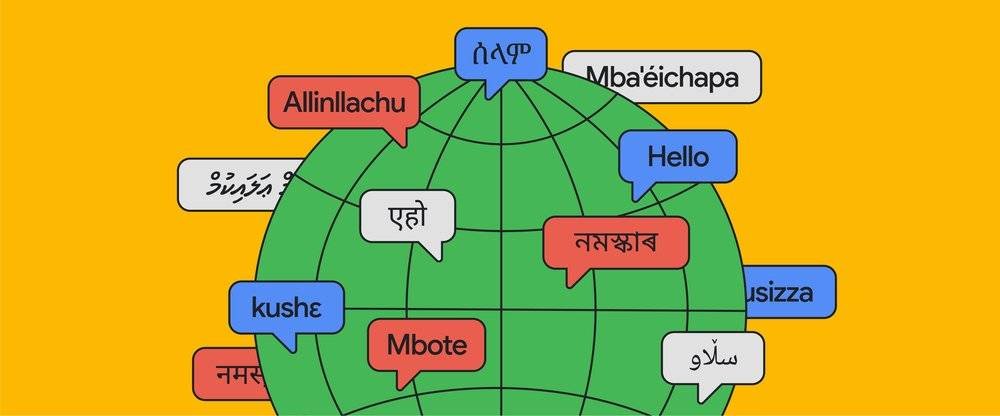Google said that its multilingual neural machine translation service, Google Translate, is now able to translate into 24 more languages. Ten of the new languages are ones from Africa.
On the list is Ashanti Twi, which is spoken by about 11 million people in Ghana; Lingala, which is spoken by about 45 million people in Central Africa, mostly in the Democratic Republic of the Congo; Tigrinya, which is spoken by about 8 million people in Eritrea and Ethiopia; Sepedi, which is spoken by about 14 million people in South Africa; and Oromo, which is spoken by 37 million people in Ethiopia and Kenya.
Bambara, Jeje, Krio, Luganda, and Tsonga, all of which are from Africa, were also added.
Isaac Caswell, a software engineer, and researcher at Google said that the company had used a neural model of artificial intelligence that learned the languages “from scratch” for the first time.
He said that Google had to use millions of examples for a system to “understand” and be able to translate the new languages. This was done so that the new languages could be used. This is how the new languages were taught using the neural model, which is also called a machine learning model. Then, technology started to “get” how languages work. Before putting out the new languages, the company says it talked to people from many different communities.
“Imagine that you speak more than one language and that, because you know how languages work, you can figure out what something means. “This is pretty much how our neural network works,” Caswell told BBC. Google does say that the technology isn’t perfect because some linguists have found problems with the languages that are already available.
“The translation isn’t great for many of the supported languages, even the biggest ones in Africa like Yoruba and Igbo. It will definitely get the point across, but the language will often lose a lot of its nuance, Caswell said.
Read Also:
Along with the 10 African languages, the new language update includes Bhojpuri, which is spoken by as many as 50 million people in northern India, Nepal, and Fiji; Guarani, which is spoken by about 7 million people in Paraguay and by indigenous people in Brazil, Argentina, and Chile; and Quechua, which is spoken by about 10 million indigenous people in Argentina, Peru, and Bolivia.
With the new languages, Google Translator can now translate between 133 different languages. Plans call for the tech giant to add voice recognition soon.
Here is the full list of languages that Google Translate has just added, including the African languages:
- Aymara – spoken by nearly 2 million people in Bolivia, Chile, and Peru
- Assamese – spoken by nearly 25 million people in northeast India
- Ashante – spoken by about 11 million people in Ghana
- Bambara – spoken by around 14 million people in Mali
- Boiapuri – spoken by around 50 million people in northern India, Nepal, and Fiji
- Diveí – spoken by around 300,000 people in the Maldives
- Dogri – spoken by around 3 million people in northern India
- Jeje – spoken by 7 million people from Ghana and Togo
- Guarani – spoken by 7 million people in Paraguay, Bolivia, Argentina, and Brazil
- locano – spoken by around 10 million people in the northern Philippines
- Konkani – spoken by nearly 2 million people in central India
- Krio – spoken by nearly 4 million people in Sierra Leone
- Sorani Kurdish – spoken by around 8 million people (most of them from Iraq)
- Lingala – spoken by nearly 45 million people in the Republic of Congo, Angola, Republic of South Sudan, and the Central African Republic
- Luganda – spoken by nearly 20 million people in Uganda and Rwanda
- Maithili – spoken by nearly 34 million people in northern India
- Manipuri – spoken by 2 million people in northeast India
- Mizo – spoken by around 830,000 people in northeast India
- Oromo – spoken by 37 million people in Ethiopia and Kenya
- Quechua – spoken by 10 million people in Peru, Bolivia, Ecuador, and regions close to the countries
- Sanskrit – is spoken by 20,000 people in India
- Sepedi – spoken by around 14 million people in South Africa
- Tigrinya – spoken by nearly 8 million people in Eritrea and Ethiopia
- Tsonga – spoken by around 7 million people in Eswatini, Mozambique, South Africa, and Zimbabwe

